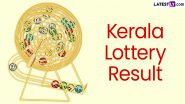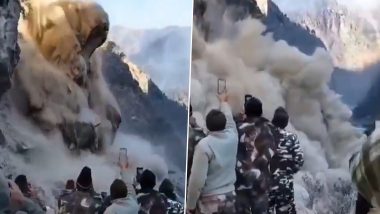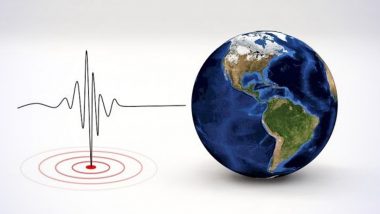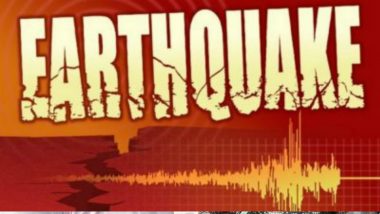Does the Super Blue Blood Moon has connection with catastrophes? The short spurt of earthquakes witnessed earlier in the day -- at the onset of eclipse 2018 -- first in United States' California, followed by 6.1 magnitude tremors in parts of Indian subcontinent, raised speculations on whether the extraordinary lunar eclipse will spell disaster in some parts of world.
Credence to the above speculation came from the tsunami in Japan in 2011, when scores of lives were lost due to abnormal tectonic movement beneath the sea crust off the eastern pacific coast, while the sky wa glit with the 33 percent brighter supermoon. The mega underwater earthquake had claimed more than 15,000 lives and left over 26,000 displaced.
Arguments connecting the supermoon with natural disasters
- A group of Japanese scientists in 2016 came out with an assessment, published in Nature Geoscience, which claimed that large earthquakes are more likely to strike on days when there is a full moon or a supermoon.
- Their argument was based upon a study conducted by them on three separate seismic databases.
- The team of scientists, headed by Satoshi Ide, a seismologist at the University of Tokyo, found over 10,000 instances of earthquakes which initially measured around 5.5 magnitude on the richter scale, but accelerated to magnitude 8 or above due to high tidal stress.
- The high tidal stress was caused due to the occurrence of full moon, which added extra pressure beneath the earth's crust while the tectonic plates were struck, thereby increasing their magnitude on release.
- Apart from attributing the 2011 tsunami in Japan, the researchers also linked the 2010 devastating earthquake in Chile to the supermoon.
Counter-arguments
- A recent study conducted by Dr Susan Hough dismisses the possibility of supermoon being responsible for large earthquakes.
- After analysing quakes with magnitude 8 or above, occurred in past 400 years, Dr Hough said there is "no" connection between the causes of earthquakes with the super, full or the blue blood moon.
- Countering the claims made by her Japanese counterparts in the 2016 research (cited above), the researcher said their findings "are no different from the kinds of patterns you would get if the data are completely random".
What gives Dr Hough's research more credence, as compared to the study on the same subject by the Japanese scientists, is the validation of her claims by the Seismological Society of America.
(The above story first appeared on LatestLY on Jan 31, 2018 05:25 PM IST. For more news and updates on politics, world, sports, entertainment and lifestyle, log on to our website latestly.com).













 Quickly
Quickly





















